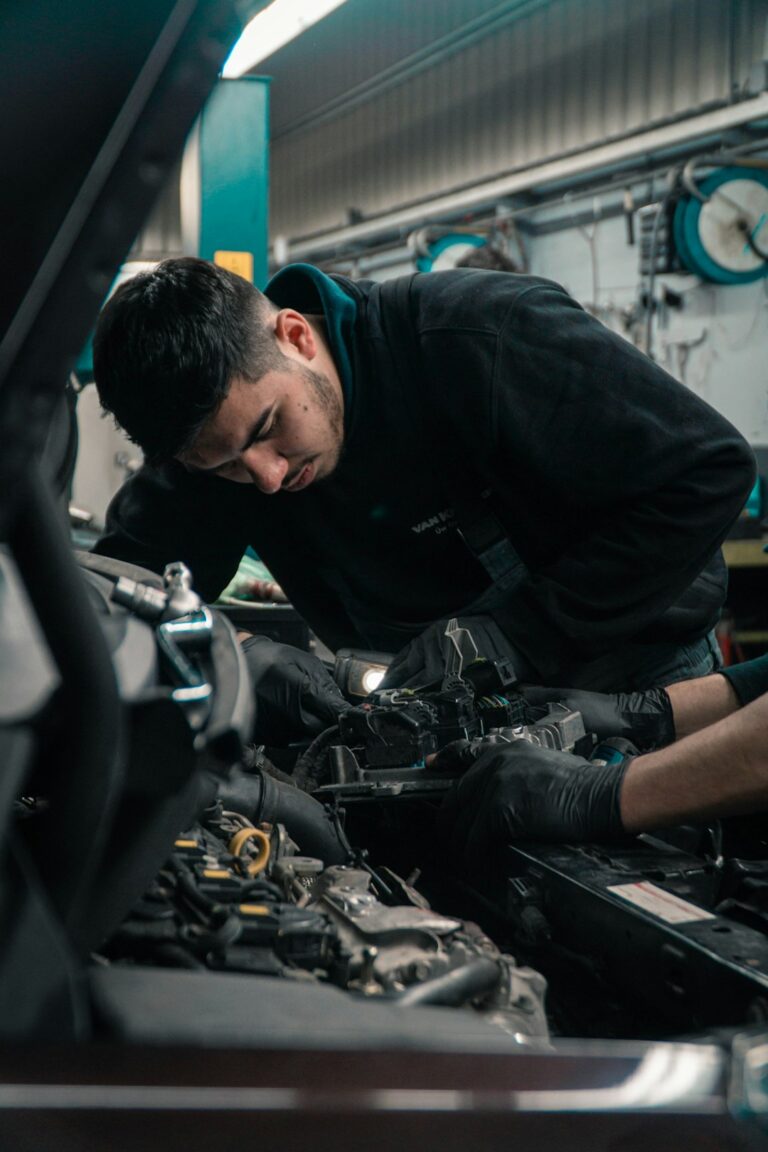Banksias are plants that mainly occur in Australia and produce conical flowers that are themselves made up of hundreds of tiny individual flowers. They normally flower in autumn or winter with colours ranging from yellow to red and all hues in between.
The Banksia was named after Sir Joseph Banks who discovered them in 1770 and was the first European to collect specimens of these plants.
The fruits that the Banksia produces (called follicles) are hard and woody. They are usually grouped together in the shape of cones (they are not cones, however, since true cones are only produced by conifers such as pines). These fruits protect the Banksia seeds from animals and the effects of fire. In many species the fruits will not release their seeds until they have been burnt or are completely dry.
Banksias can be propagated from seed quite easily. A common way to release their seed is to place Banksia fruits in an oven and heating them to between 120 and 140 degrees Celsius for about an hour. This causes the fruit’s follicles to open; the seeds can then be removed from the follicles with tweezers. Each follicle typically contains two black winged seeds along with a structure called a separator.
Sometimes insects lay their eggs in Banksia flower buds and the resulting larvae may eat the seed as it develops. Look for a small hole in the woody fruit – this is a sign that this has occurred and that the seed will not germinate.
Sow the seeds in a free draining seed raising potting mix but do not allow it to dry out. Banksia seeds can be prone to fungal attack so it is a good idea to sterilise the seed-raising potting mix you intend to use before planting. If you find this impractical make sure you use very clean ingredients instead.
Seedlings need to be transplanted into small pots as soon as the first true leaves appear. You should do this using a potting mix made from equal parts of river sand, loam and leaf mould (or peat moss).
Banksias grow best in well drained soils and in a sunny position. Most varieties respond well to light pruning while those that have a woody rootstock ( or lignotuber) can be pruned more heavily. While most will grow well without fertilizer if you want to you should only use low phosphorus fertilisers. Banksias can range from low-growing shrubs to large trees that can grow up to 25 m tall. Some species are especially well known for their spectacular flower heads which produce large volumes of nectar and attract many birds and small mammals to feed on them. Banksias are excellent plants to grow if you want to encourage native animals to your garden.













